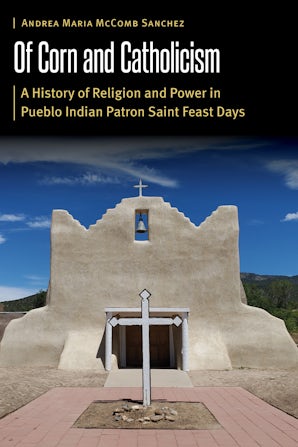“This is a terrific book, a model for new scholarship on Native American religious traditions. McComb Sanchez argues that the Pueblo Indians did not develop their characteristic patron saints’ feast days until the early nineteenth century, much later than scholars have previously assumed. In the process, she shows how and why Pueblo people intentionally incorporated selected aspects of Catholicism into their own ways of knowing, being, and acting in the world.”—Tisa Wenger, author of We Have a Religion: The 1920s Pueblo Indian Dance Controversy and American Religious Freedom
“An impressive piece of scholarship. It will be incredibly useful for courses on the Southwest, religious traditions, Native American studies, [and] American studies. I found its working through of the place of patron saint feast days incredibly compelling—thoughtful and sophisticated in its rejection of easy formulations about what is and is not tradition. . . . A pleasure to read.”—Anthony K. Webster, author of Intimate Grammars: An Ethnography of Navajo Poetry
